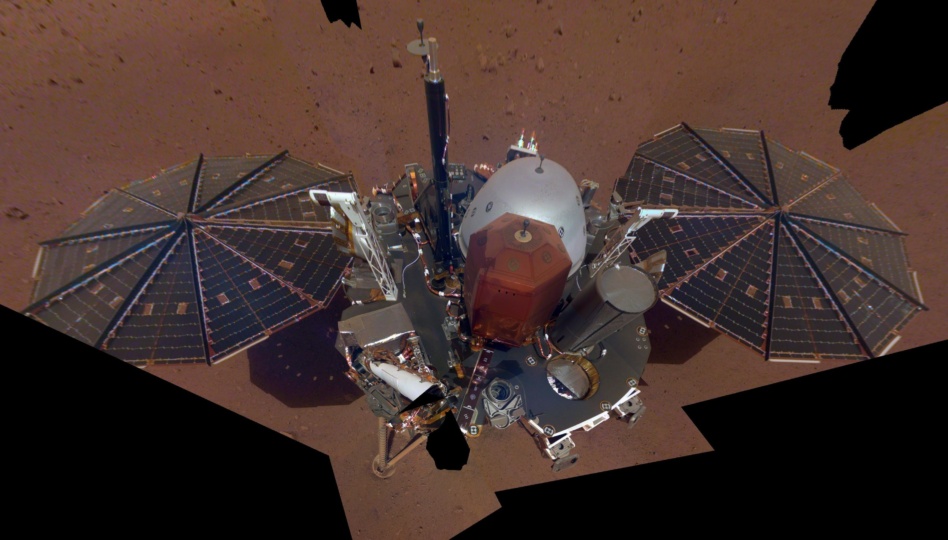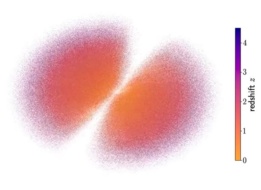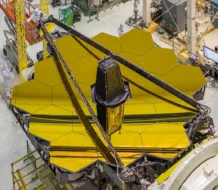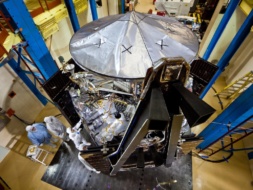For the first time ever, researchers have detected seismic waves on the surface of another celestial body.
On December 24, 2021, scientists working on the Marsquake Service at ETH Zurich recorded the unexpected quake using the seismometer on NASA’s InSight lander. Unlike the deep-seated rumblings kilometers below the surface they’d observed over the past three years, this quake traveled along the top layer of the planet’s crust.
The team set out to determine the cause of the high-riding quake. They reached out to researchers working with the Mars Reconnaissance orbiter to find out whether it had been caused by a meteorite strike rather than seismic activity. Lo and behold, the Orbiter team identified a meteorite that struck the Red Planet at the right time and region to cause the earthquake.
Though the impact came from an outside source, the Marsquake team was able to use this data to uncover details about the structure of the Martian crust. The speed that seismic waves move through a material is determined by the density and elasticity of that material. Initial observations showed that the waves moved through the ground much faster than the researchers expected given the point measurements previously taken by the InSight lander.
The meteorite impact from December caused the first surface seismic waves found on Mars, but not the last. In May of this year, InSight recorded a marsquake with a magnitude of 5 that also made ripples on the surface, giving researchers information about the top 90 km of Martian crust structure.
InSight is reaching the end of its life now. Its solar panels are covered in dust. These buzzer-beating observations were the team’s last shot at taking seismic observations from the lander, and there’s now plenty of analysis to be done to nail down the structure of the Martian crust.
This story first appeared in Parallax, our weekly science newsletter. Subscribe to Parallax here.




